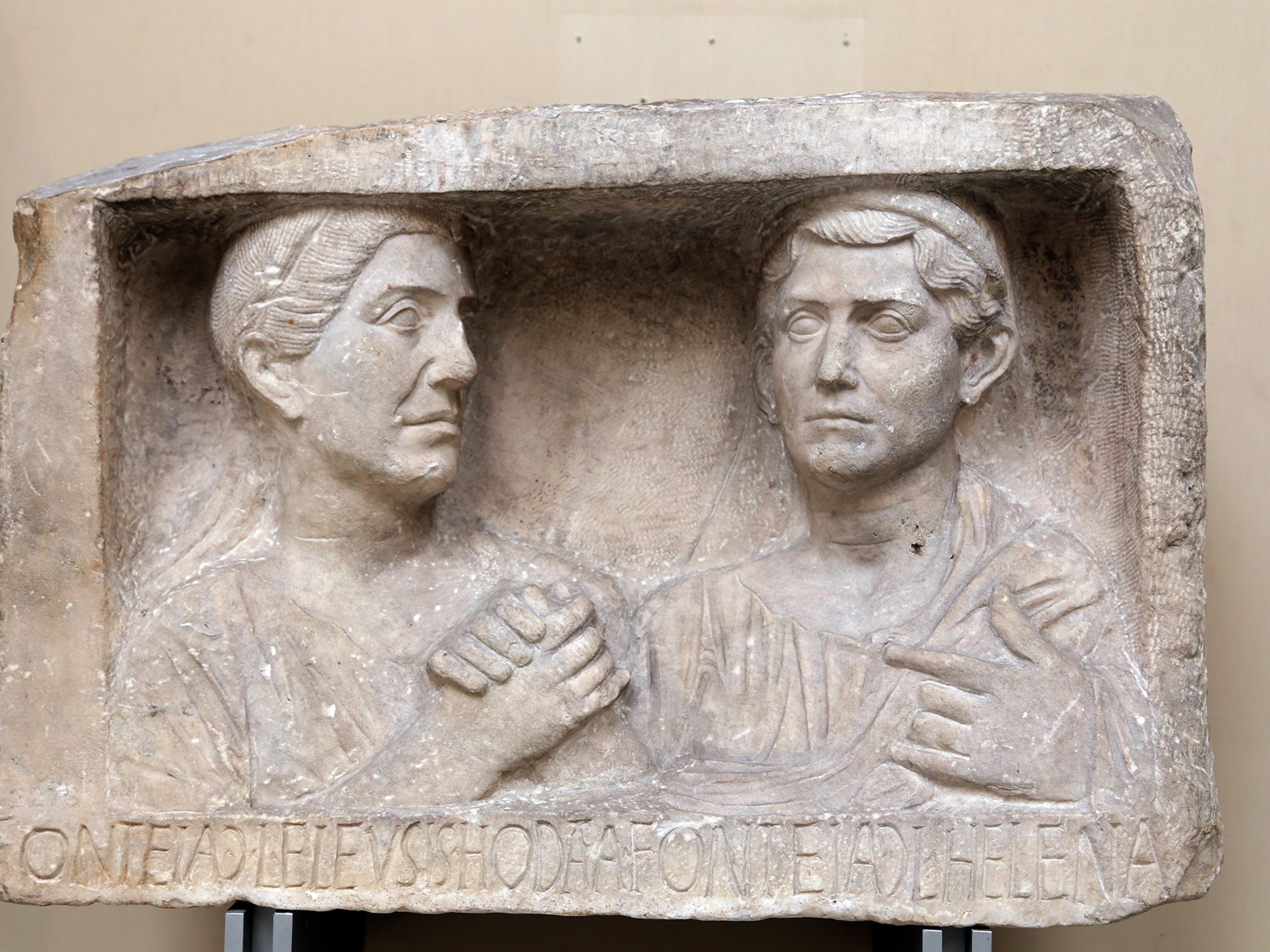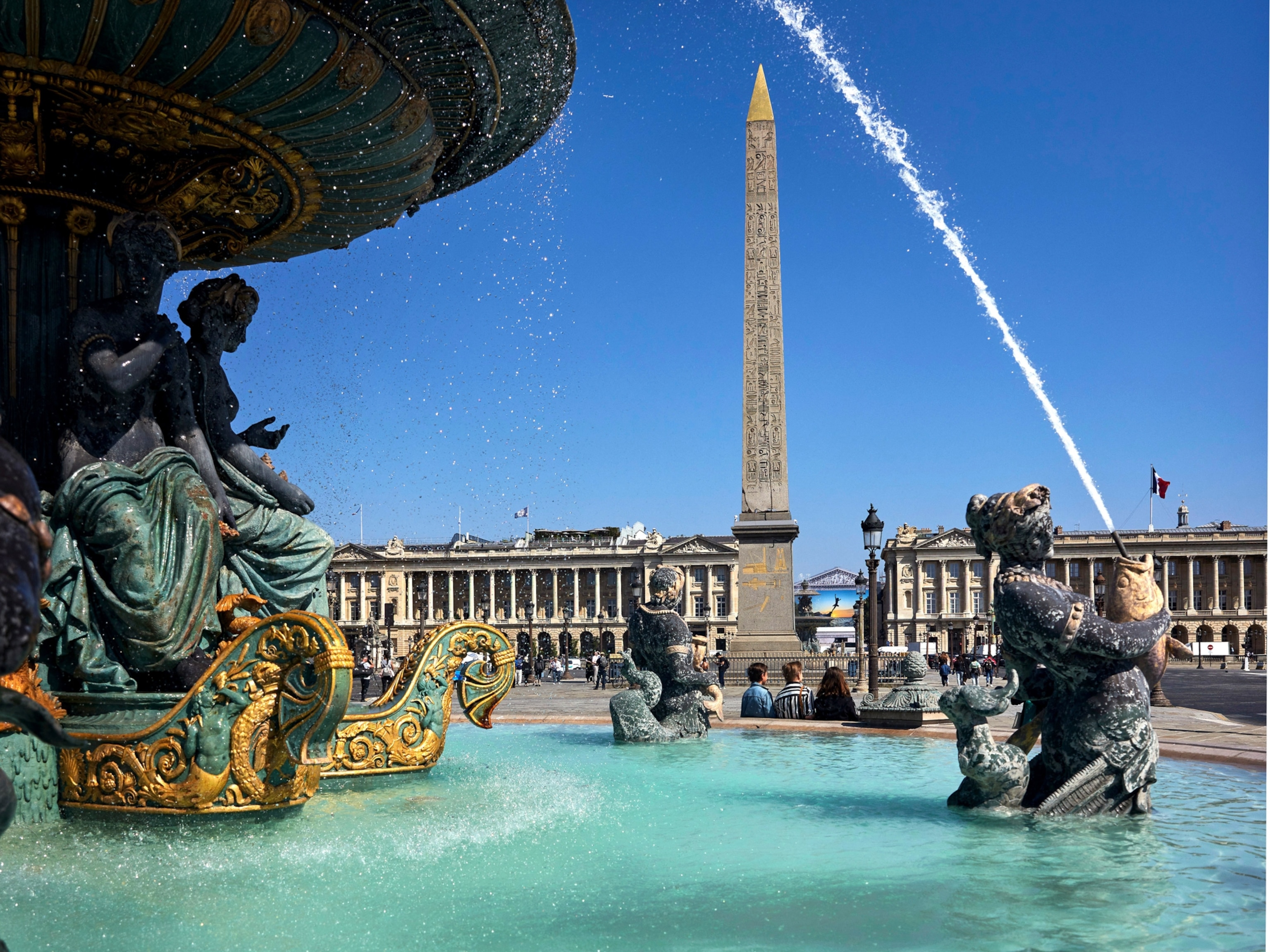
Cave Walls Record Early Encounters Between Old World and New
Archaeologists discover Spanish names, Christian symbols, and indigenous art on island visited by Columbus in 1494.
Deep in the limestone bowels of a lone island that lies 41 miles (66 kilometers) west of Puerto Rico, archaeologists have discovered a network of underground galleries full of intriguing art. Created by both indigenous peoples and early European visitors, the images record the first contact between two very different worldviews, as reported today in the journal Antiquity.
Just 19 square miles (49.2 square kilometers) in area, Isla Mona, or Mona Island, is riddled with about 200 caves. Archaeologists have explored 70, finding indigenous art in the dark recesses of more than two dozen.

The caves are the only permanent sources of freshwater on the island, now an uninhabited nature reserve. Experts see a clear connection between this resource, which makes life possible here, and the rich imagery that fills the chambers.
Fantastical swirls, lines, and figures were made by dragging fingernails through the soft surface of the walls and ceilings. “These finger-fluted designs reflect the spiritual beliefs of the indigenous people,” says investigator Jago Cooper, curator of the Americas at the British Museum in London. Cooper's work is supported in part by a grant from the National Geographic Society.
Representing the most diverse collection of such motifs in all the Caribbean, the thousands of designs catalogued so far include humans, animals, and geometric symbols. Some span several yards in width, and many overlap to form an illustrated record of repeated visits to the caves.

The styles of iconography, associated pottery, and C14 dating of torches that were used to illuminate the dark spaces—some from as early as the 12th century— all support pre-Hispanic dates for the art.
Indigenous people lived on this rocky outpost for more than 5,000 years, the last century overlapping the start of the European colonial era. Christopher Columbus stopped here in 1494, putting the island on the map of the Spanish Main along what would become a well-traveled route between Europe and the New World. And that’s when things get doubly interesting in the underground passages.
In one of the same caves that contain indigenous art, archaeologists have found marks that appear to have been left by early Europeans who visited the island from the Spanish strongholds of Puerto Rico and Hispaniola. The marks include Spanish names, phrases in Latin and Spanish, abbreviations of Jesus’s name, and a profusion of Christian crosses. Many were carved into the rock with sharp-edged tools.
The most useful, from a historical point of view, were the surprisingly modern graffiti—names and dates, most from the mid-16th century, that people must have scratched onto the cave walls to record their presence.
One name in particular points clearly to a European: Francisco Alegre. Historical documents identify him as a Spaniard who arrived in the West Indies in the 1530s. Based in San Juan, Puerto Rico, he eventually was put in charge of royal estates, which included Mona Island.
Similarities between his signature and the cave inscription suggest that Alegre himself visited this cave and succumbed to the age-old impulse of leaving his mark.

“What we’re seeing here is a dichotomy between two very different sets of art,” says Cooper. “The later set is definitely drawn by Europeans who are having a reaction to, and a dialog with, the indigenous art.”
The juxtaposition of the European and indigenous markings, the lack of images showing conflict, and the fact that Europeans would have needed native guides to find this cave, all suggest a narrative that’s very different from the usual saga of the Spanish conquest of the New World. This was one moment in time when two groups of strangers were getting to know each other, sharing ideas, and figuring out what this new intercultural connection might mean for the future of all concerned.




